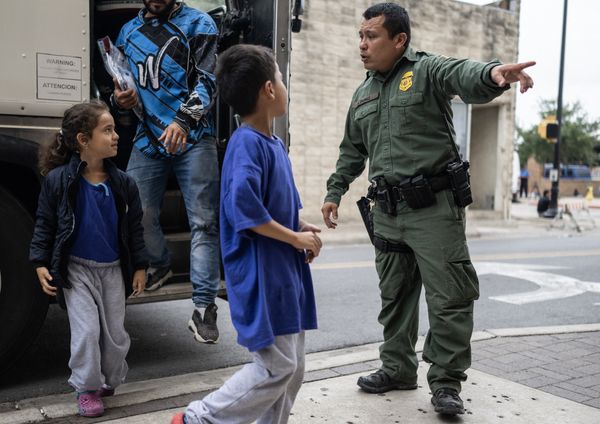WASHINGTON — The Supreme Court reopened to the public for oral arguments Monday for the first time in almost two years because of the coronavirus pandemic, as the justices started a new term that appears poised to build on the conservative turn last term.
Chief Justice John G. Roberts Jr. said nothing at the start to mark the return of a full courtroom. He noted the retirement of prior in-house counsel at the Supreme Court, admitted nearly two dozen attorneys to the court’s bar and then called the first case.
Dozens of attorneys and members of the public sat shoulder to shoulder as the court debated the scope of the federal government’s ability to regulate wetlands throughout the country. Only a few members of the crowd, along with Justices Elena Kagan and Sonia Sotomayor, wore masks during the arguments.
New Justice Ketanji Brown Jackson got an active start with questions from the bench that drilled down on the wording and intent of the Clean Water Act and Army Corps of Engineers regulations from the 1970s.
Jackson asked frequent, specific questions of both sides, pushing for the attorneys to follow up on their answers. Justices Amy Coney Barrett, Brett M. Kavanaugh and Sotomayor used some Jackson points to spark their own questions.
In response to Jackson’s first question as a justice, Damien Schiff, the attorney representing the challengers to the federal government’s authority over wetlands, called the Clean Water Act’s language “unenlightening” on the main issue in the case.
“Well, let me try to bring some enlightenment to it by asking it this way,” Jackson replied before asking more questions about the language of the statute.
Monday’s arguments included four women justices on the bench for the first time, as well as Jackson as the first Black woman to serve on the high court.
While Jackson asked more than a half-dozen questions as part of the wide-ranging two-hour argument in the case, experts believe she may not have as much impact on the outcome of high-profile issues that the court takes up this term.
The court, currently controlled by six justices who were nominated by Republican presidents, chose a set of cases this term that appear to set up a number of conservative decisions on issues such as affirmative action and election law.
The first of those cases, which could determine the scope of the Voting Rights Act, comes before the court Tuesday.
The term started as numerous polls showed declining public support for the Supreme Court, particularly since the decision last term that overturned the 1973 Roe v. Wade decision establishing a constitutional right to an abortion.
This term got underway without a public update on an investigation from the Marshal of the Court that began in May into a leak of a draft opinion in that abortion decision.
The leak sparked months of fierce political blowback against the court, which saw protests target the building itself as well as several conservative justices’ homes. Supreme Court police had erected unscalable fencing outside the court while protests raged outside the building, which was removed only last month.
On Monday, police kept existing smaller barriers in place, which kept the public and members of the press from directly approaching the building from First Street.
A small group of abortion rights demonstrators stood outside the Supreme Court’s perimeter fencing during Monday’s oral arguments.







